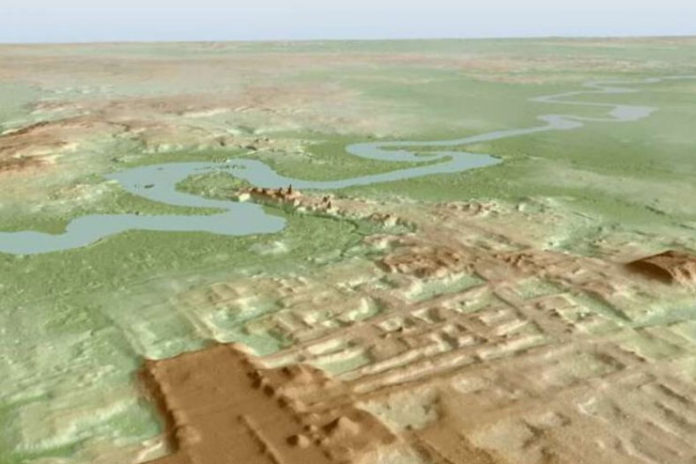In one of the Jungles in Southeastern Mexico, an international team of researchers led by University of Arizona archaeologist Takeshi Inomata have found the oldest and largest construction and this is believed to be built by the ancient Maya civilization.
They used a remote-sensing method to discover this old structure build by the ancient Maya civilization – this was a colossal rectangular elevated platform built between 1,000 and 800 BC in Mexico’s Tabasco state.
According to the British Science Journal Nature, it was about 1,400 meters in length, 400 meters in width and 10 to 15 meters in height.
These artificial plateaus are horizontal buildings and they are more than 200 by 200 meters
It is believed that this structure has been used for rituals, by airborne laser scanning while flying over the Mexican state of Tabasco between 2018 and 2020 followed by ground excavations.
A professor at Ibaraki University in Japan, Kazuo Aoyama and a member of his team, said, they are surprised that a massive structure of this kind was built in the early period of the civilization.
Earlier, when this structure was built, it was a time when habitations settled andthe large-scale construction projectspromoted their sense of unity through cooperative labor.
The team said that thisarchaeological site contains a structure called E Group, it has a western mound and eastern platform. These are all related to astronomical observations.
This western mound has the ability to describe the weather. It gives a viewing point from where the sunrise on the horizon summer and winter solstices.
Besides, it has been able to help archaeologists take less time and effort in their discoveries as it is not an easy task to recognize horizontally extensive constructions that are almost covered by the rain forest. Thankfully, the airborne laser mapping technology has been helping archaeologists with this.
Instead of 30 years, the research team took 3 years to discover this. Help of a with a light detecting tool called Lidar was taken. This tool could pierce through thick veils of the forest canopy.
According to the University of Arizona, this LiDAR can provide highly accurate and a detailed 3-D map of the ground surface topography.
This discovery is known as the Aguada Fenix discovery. With the help of technology, at the Maya site of Ceibal, the team previously found an artificial plateau and this one had been recognized as the oldest Mayan architecture dated around 950 B.C.
About Maya Civilization
Starting from 1000 B.C in Mesoamerica including Guatemala and in the parts of Mexico, this Maya Civilization is known for writing systems, mathematical developments, and astronomical developments. Yet their origin is still a mystery.
Aoyama says, this discovery is significant because it gives a few details about the Maya Civilization.













































